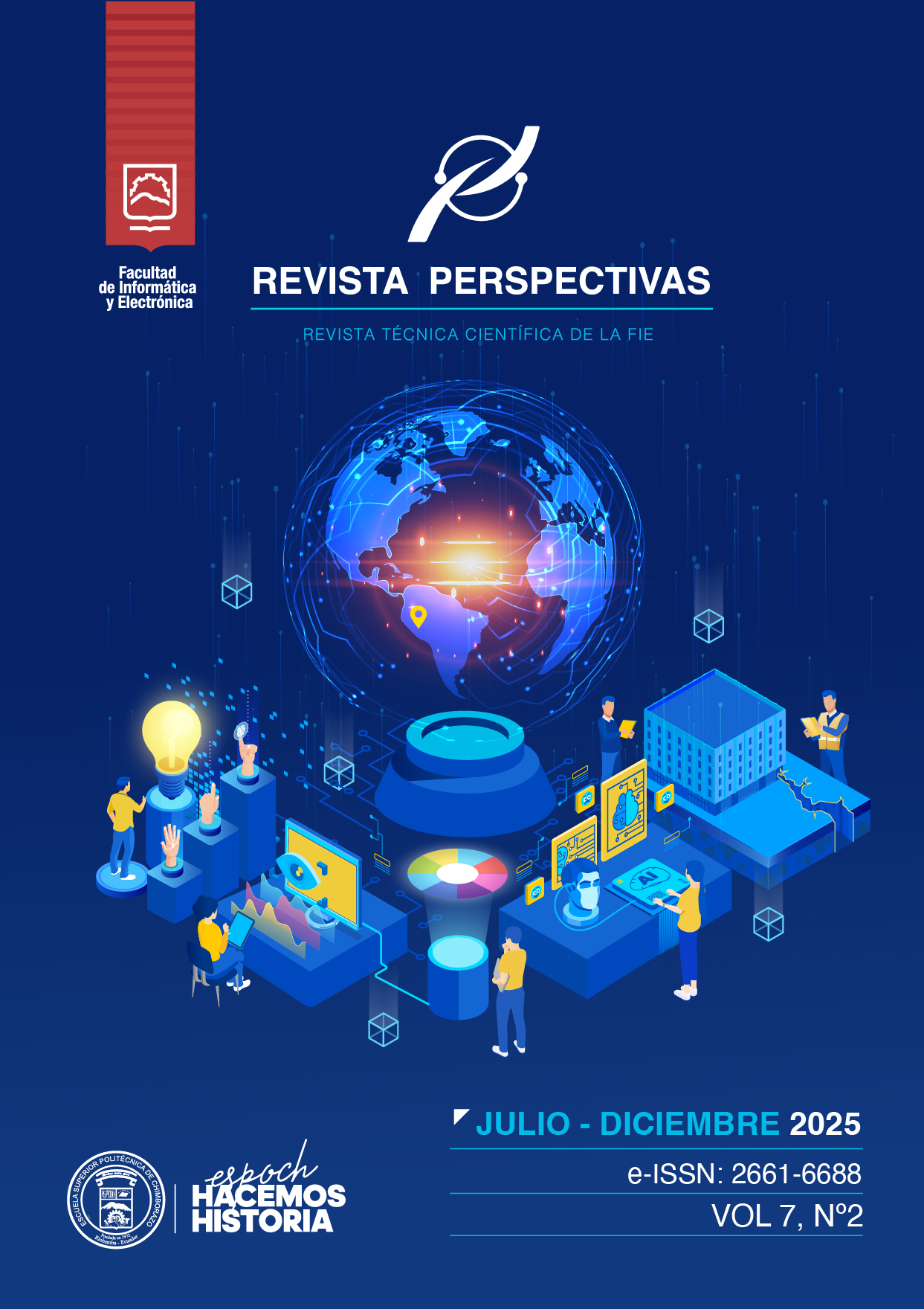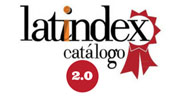Proposal for the Analysis of Color Perception Using Eye-tracking
DOI:
https://doi.org/10.47187/perspectivas.7.2.240Keywords:
Color perception, Eye-tracking, Gender differences, Visual attention, Colorimetry, Experimental software, Interface design, Tobii Pro Nano, Color modelsAbstract
This study investigates potential differences in color perception between men and women. Eye-tracking technology, specifically the Tobii Pro Nano, was employed alongside experimental software developed to assess color discrimination. Preliminary tests conducted with male and female students revealed distinct visual attention patterns. These initial findings suggest gender-based differences in color perception that could impact UX and decision-making processes. Further research with larger sample sizes and refined methodologies is necessary to validate these results.
References
Colmenero, J. M., Catena, A., & Fuentes, L. J. (2001). Atención visual: Una revisión sobre las redes atencionales del cerebro. 17(1), 45–67.
Duchowski A. (2017). Eye Tracking Methodology.
Ford, A., & Roberts, A. (1998). Colour Space Conversions. chrome-extension://efaidnbmnnnibpcajpcglclefindmkaj/https://poynton.ca/PDFs/coloureq.pdf
Itten, J. (1961). Arte del Color.
Lamberta, B. (2011). Trigonometry for Animation. Foundation HTML5 Animation with JavaScript, 69–101. https://doi.org/10.1007/978-1-4302-3666-5_4
Lindon, J. C., Tranter, G. E., & Holmes, J. L. (John L. (2000). Encyclopedia of spectroscopy and spectrometry. Academic Press.
Ramírez Coronel, A. (2018). Relación entre los movimientos sacádicos, lateraldiad y proceso lector. Espirales.
Süsstrunk, S., Buckley, R., & Swen, S. (n.d.). Standard RGB Color Spaces.
Tobii Techonology. (2023, June 19). Understanding Tobii Pro Lab’s eye tracking metrics. Sitio Oficial Tobii. https://connect.tobii.com/s/article/understanding-tobii-pro-lab-eye-tracking-metrics?language=en_US
Published
How to Cite
Issue
Section
License
Copyright (c) 2025 María Fernanda Barrón Álvarez, Ángel Eduardo Villegas Ortíz, Francisco Javier Álvarez Rodríguez

This work is licensed under a Creative Commons Attribution 4.0 International License.
Copyright
The authors of the manuscripts will retain their copyright on their articles published in Pespectivas Journal. These rights allow the authors to present their manuscripts in public, prepare derivative works, reproduce them physically by printing and distribute them on their social or research networks. These rights will remain unchanged as long as the authors respect the publication and free access policy of Perspectivas Journal.
Publication Rights
Perspectivas Journal reserves all first publication rights on each of the articles that the authors have sent to its review and publication process. It implies that authors will only exercise their copyright if they state the source and origin of the publication correctly, mainly when they distribute, share, present, or use their articles' total or partial content.














